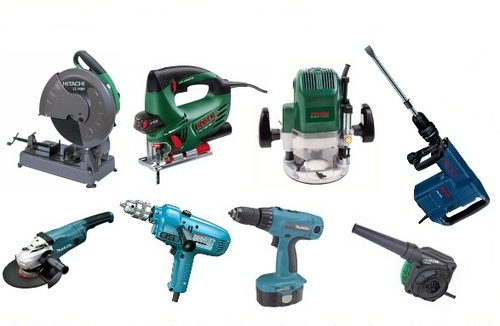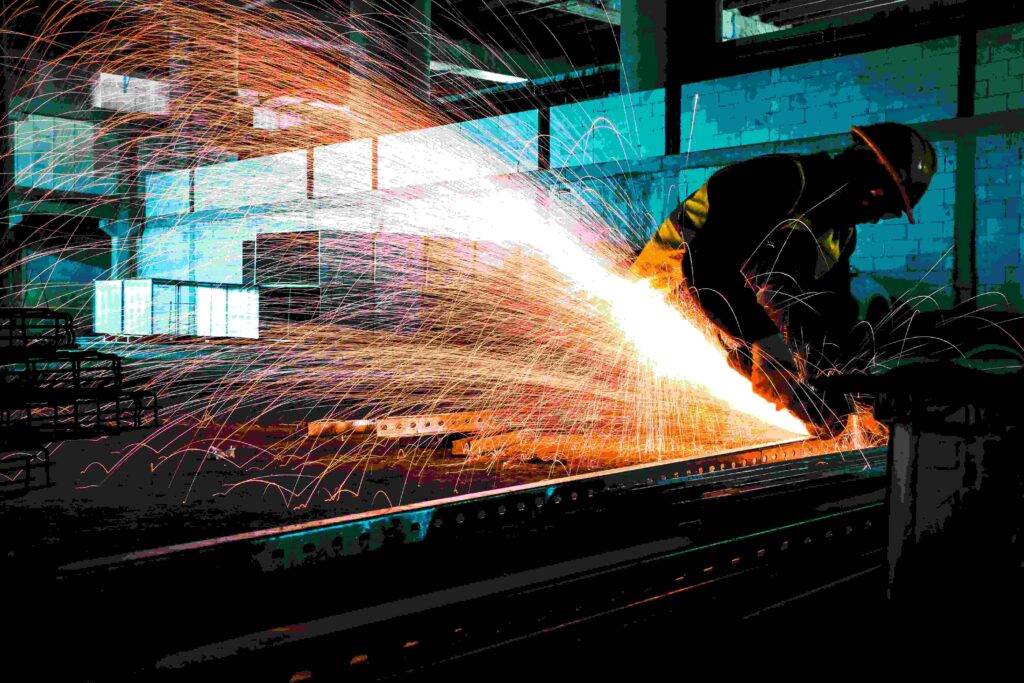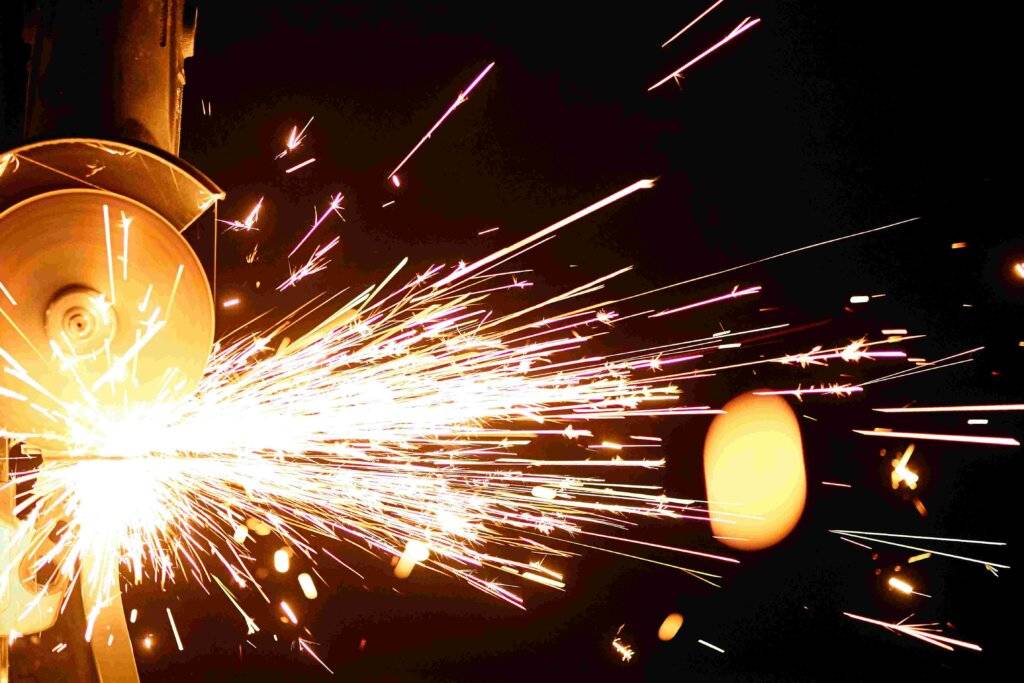Meta Title: Power Tool Maintenance Tips 2025 | Extend the Life of Your Electric Tools
Meta Description: Learn how to maintain electric and cordless tools with expert care tips — cleaning, lubrication, battery care, safety, and more to make your tools last longer.
Introduction
Your power tools are more than just equipment — they’re investments. Whether you’re a professional contractor or a passionate DIYer, taking care of your electric tools ensures long-term performance, safety, and value.
In this complete guide, Electric Counselor explains the essential power tool maintenance tips that will keep your tools working efficiently for years to come.
1. Why Maintenance Matters
Neglecting maintenance can turn a reliable drill, grinder, or saw into a costly headache. Proper care offers these benefits:
- Prevents unexpected breakdowns mid-project
- Saves money on repairs and replacements
- Ensures consistent torque, power, and precision
- Reduces injury risks from tool failure
- Extends lifespan and resale value
Regular upkeep keeps your tools performing like new — and keeps your projects on schedule.
2. After-Use Cleaning and Daily Care
Every great maintenance routine starts with cleaning:
- Wipe down tools after each use with a clean, dry cloth.
- Blow out vents using compressed air to remove dust and debris.
- Check cords and plugs for frays or cuts (for corded tools).
- Apply light oil to metal surfaces to prevent rust.
Tip: Never clean electric parts with water — moisture and power don’t mix.
3. Lubrication and Moving Parts
Friction is the enemy of all moving machinery. To protect your power tools:
- Lubricate gears and bearings using manufacturer-recommended oil or grease.
- Avoid over-lubrication — too much oil can trap dust.
- Re-lubricate frequently if you work in dusty or humid environments.
A smooth, well-oiled mechanism keeps motors from overheating and prolongs performance.
4. Replace Worn Components Early
Power tools wear out gradually, but early detection prevents major failures. Inspect:
- Carbon brushes: Replace before they’re fully worn.
- Belts and gears: Look for cracks or wear.
- Bearings: Replace if you hear rattling or grinding noises.
- Seals and O-rings: Replace if dried or cracked.
Spending a few dollars on small parts can save you hundreds in repairs later.
5. Battery Maintenance for Cordless Tools
For battery-powered tools, proper battery care is crucial:
- Avoid full discharges — keep between 20–80% charge.
- Store at ~50% charge if not in use for long periods.
- Keep batteries away from heat and direct sunlight.
- Use only the original charger from the manufacturer.
- Don’t leave batteries plugged in overnight.
Healthy batteries mean steady power and longer tool life.
6. Prevent Overheating
Electric motors can overheat with heavy or continuous use. To prevent damage:
- Give tools rest periods during long jobs.
- Work within duty cycle limits.
- Keep air vents clear at all times.
- Avoid covering or insulating tools while running.
Overheating causes motor insulation failure — one of the main reasons tools die early.
7. Check Calibration and Alignment
Precision tools like saws, torque wrenches, and routers require accuracy. Periodically check:
- Blade or bit alignment on saws and drills.
- Torque calibration on wrenches.
- Cutting guides and fences for precision tools.
A properly calibrated tool delivers clean, professional results and reduces wear.
8. Proper Storage and Environment
The right storage conditions protect your tools even when they’re not in use:
- Store in a dry, cool, low-humidity place.
- Use protective cases or tool cabinets.
- Avoid direct sunlight or heat sources.
- Label and organize tools for easy access.
Pro Tip: Add silica gel packets inside toolboxes to absorb excess moisture.
9. Safety During Maintenance
Before cleaning or opening any tool:
- Disconnect power (unplug or remove battery).
- Follow lockout procedures for large machinery.
- Wear protective gloves and eye protection.
- Never modify internal wiring unless certified.
Safety first — every time.
10. When to Call a Professional
Some problems require expert repair. Seek professional service if:
- The motor makes unusual sounds or won’t start.
- There’s smoke, burning smell, or sparking.
- Internal wiring is damaged.
- Tool housing is cracked or deformed.
Don’t risk electrical shock or fire — let certified technicians handle major issues.
11. Real-World Examples
These popular electric tools are perfect examples of how regular maintenance extends life:
- DeWalt 20V Cordless Drill – keep battery terminals clean for consistent torque.
- Makita 18V Brushless Driver – brushless motors need less care but still require dust cleaning.
- Bosch Compact Drill 12V – store in dry areas and check charger heat after use.
Every brand has its quirks, but maintenance habits apply universally.
Conclusion
Taking care of your power tools isn’t complicated — it’s about consistency. Clean, lubricate, inspect, and store properly. Follow these power tool maintenance tips and your electric tools will reward you with years of reliable performance.
Electric Counselor will continue to bring you expert guides, reviews, and care tutorials to help you get the most out of your tools.



